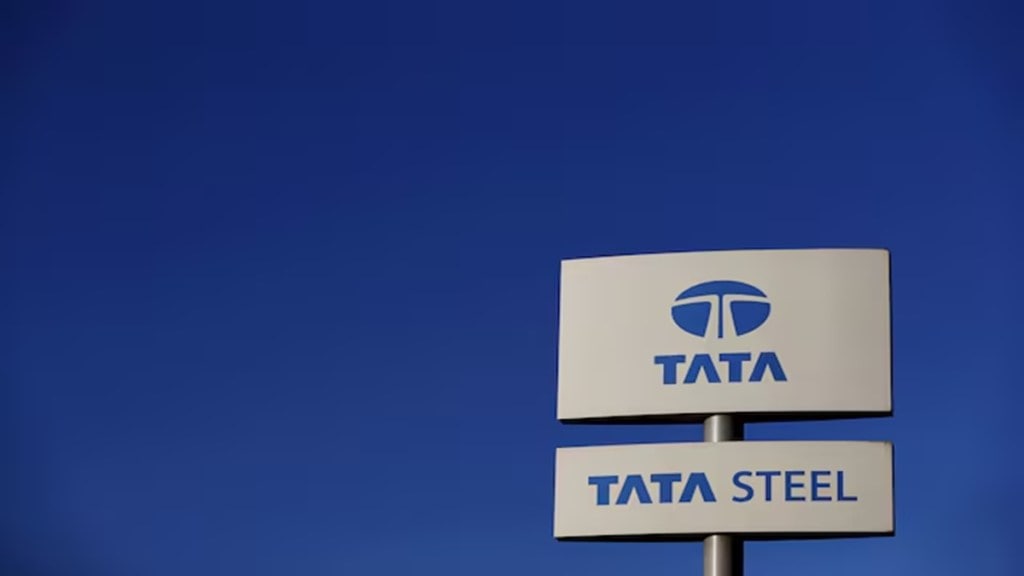Large organisations are often slow to adopt new technologies due to high upfront costs, complexity, compatibility issues, and a deeply ingrained resistance to change rooted in fear of job security. However, Tata Steel seems to be defying the trend. The 118-year-old iconic company is making judicious use of advanced technologies such as artificial intelligence (AI), Internet of Things (IoT), and process automation, to enhance operations across its entire value chain. It has deployed more than 600 AI and machine learning models across the value chain – from mines to mills to markets – powering manufacturing excellence, functional efficiency, and customer experience.
Tata Steel has a crude steel capacity of 35 million tonnes per annum with plants spread across India, the UK, the Netherlands, and Thailand. The company’s digital commerce platforms help it sell products online; orders that earlier took up to a week to deliver are now completed within 72 hours, thanks to an integrated view of operations across multiple sites and functions. Compass (B2B), DigECA (B2SME), and Aashiyana (B2C) provide real-time order tracking, availability, flexible payment options, and integrated transactions. An integrated margin monitor platform brings visibility and optimisation across the supply chain. “Digital and AI are not peripheral projects but central to our strategy for future readiness,” said Jayanta Banerjee, CIO at Tata Steel.
Digital platforms power growth
No wonder, digital has quickly become a significant growth engine. “The online platforms now contribute over Rs 500 crore in monthly sales, underlining how digital channels are reshaping customer engagement and experience at Tata Steel,” Banerjee told FE in an interview. According to him, Tata Steel’s digital transformation journey began with a simple but fundamental question: how do we prepare a century-old, legacy-heavy industry for the future? “We recognised early on that adopting advanced technologies such as AI, IoT, and process automation would only succeed if built on a strong digital and cultural foundation,” Banerjee said, adding, “this meant addressing mindset shifts, unifying information technology (IT), operations technology (OT) and digital strategies, building trust in data, and developing new talent capabilities.”
Tata Steel’s digital transformation has been built on the principle of “building the road before building the car”. This meant prioritising strong foundations – investing early in cybersecurity, cloud infrastructure, connectivity, and sensors – before scaling advanced digital and AI applications.
Tech-led safety and operations
Cut to present. Tata Steel has built a standardised IT architecture that integrates data across sites and functions, enabling seamless migrations, acquisitions, and unified reporting. This has boosted confidence in decision-making and compliance. Investments made in sensorisation across sites has helped it enable integrated remote operations centres (iROC) that supervise mining and plant processes from remote locations – mining from 300 kilometres away, and coke and agglomerate plants from 10 kilometres off-site. These “operations twins” bring the benefits of digital twins into live production environments, improving safety, efficiency, and control.
Additionally, a connected workforce platform has been deployed that leverages AI, geo-fencing, and video analytics to detect unsafe conditions and generate proactive alerts. “Suraksha” cards have enhanced on-ground safety by monitoring PPE compliance, restricting unauthorised access, and enabling SOS alerts for rapid rescue.
“From our experience in Tata Steel, technologies such as AI, digital twins, and Industry 4.0 are already delivering tangible value – early detection of quality issues, improved production efficiency, reduced energy use, and optimised supply chain costs,” Banerjee said. These gains not only lower operational costs but also enhance customer experience, strengthen employee safety, and create new opportunities for growth. “In the future, the challenge is not just adopting these technologies but embedding them into daily decision-making. This requires cultural change – building trust in data, driving digital adoption, and shifting mindsets across management and the workforce,” he added.

